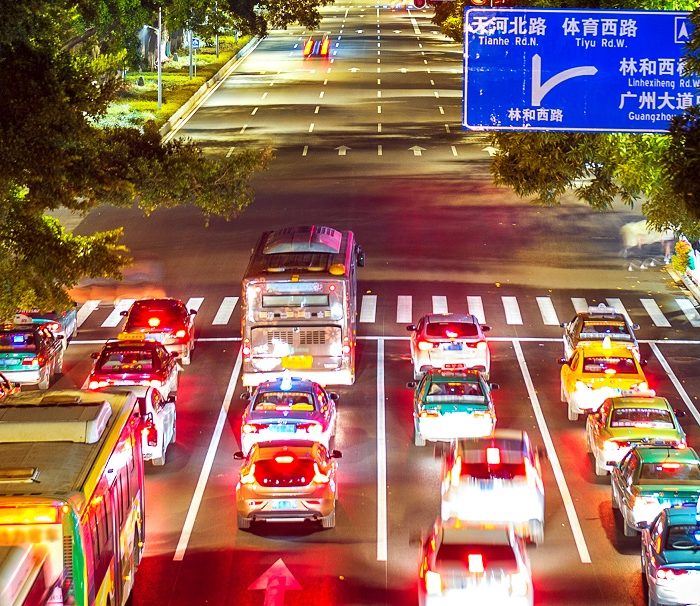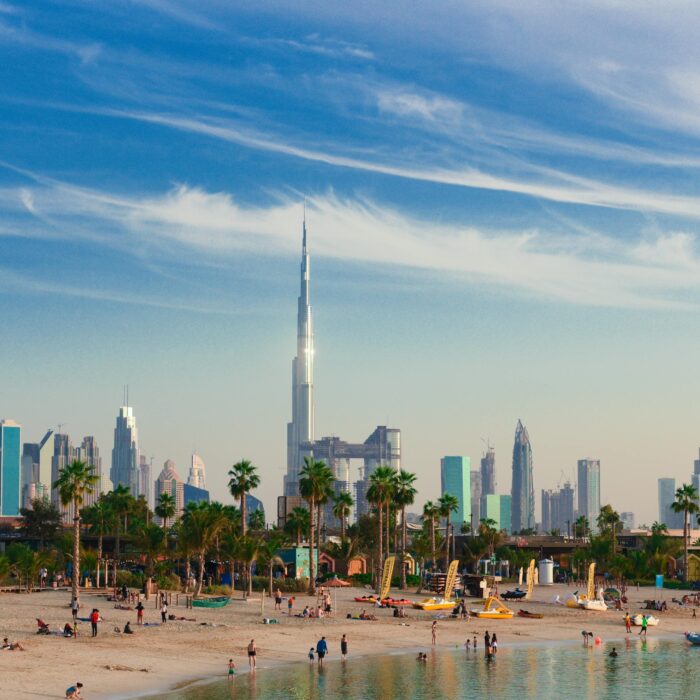Why North Caucasus is Russia’s Premier Road Trip Destination
The North Caucasus region stands as one of Russia’s most spectacular mountain driving destinations, attracting adventure seekers and nature enthusiasts from around the world. This breathtaking region offers unforgettable experiences through iconic locations including Mount Elbrus, Dombai and Teberda valleys, Arkhyz alpine resort, Lago-Naki plateau, Mezmay village, North Ossetia’s mountain passes, Dagestan’s rugged landscapes, and the renowned Caucasian Mineral Waters spa region. Whether you’re planning a summer mountain expedition or seeking the ultimate off-road adventure, this comprehensive guide provides essential tips for organizing a safe, memorable car trip across the Russian Caucasus.
Essential Pre-Trip Planning for Caucasus Mountain Driving
Successful North Caucasus road trips require thorough preparation and realistic expectations. Here are the critical factors every traveler should consider:
- Mental preparation: Expect challenging conditions including unexpected summer snowfall, sudden road disappearances, potential vehicle breakdowns during steep mountain climbs, and rapidly changing weather patterns
- Route planning and permits: Research your itinerary thoroughly, as certain border areas require special permits from the Frontier Service. Apply through the State Services website at least one month before departure
- Navigation backup systems: Carry both GPS devices and physical road maps, as cellular coverage in remote mountain regions is unreliable or nonexistent
- Fuel management: Maintain full fuel tanks at all times. Mountain pass emergencies (avalanches, mudslides, rockfalls) can result in extended delays before rescue teams arrive
- Emergency protocols: Never attempt to cross active rockfall zones or mudslide-damaged roads. Immediately call 112 (works without credit, SIM card, or signal) to report your location and road conditions
- Local expertise: Seek guidance from local residents who possess invaluable knowledge of current road conditions, weather patterns, and safe passage routes
- Cultural respect: When seeking assistance, always exit your vehicle and offer handshakes. Men should approach male locals, women should speak with female residents, respecting traditional cultural norms
- Optimal travel timing: Summer months offer the best conditions, as winter passes may be impassable and spring/autumn brings increased risk of road washouts
- Vehicle selection: Choose 4WD vehicles like UAZ or similar off-road capable cars. All-wheel drive, differential locks, and larger wheels provide essential traction on steep mountain roads and help navigate potholes and rough terrain

Understanding Caucasus Mountain Road Infrastructure
Road conditions throughout the Caucasus mountain region present significant challenges that require careful consideration. The infrastructure varies dramatically between different areas and elevation levels.
Road Types and Conditions
- Mountain highways: Narrow single-lane roads with priority traffic systems and limited two-lane sections
- Seasonal maintenance: Asphalt laying is impractical in avalanche and rockfall zones; spring road crews use bulldozers for basic leveling
- Federal highways: Well-maintained roads in lowland areas, representing only 10% of total North Caucasus road network
- Tourist route quality: Better road conditions in popular destinations like Caucasian Mineral Waters, Elbrus region, Chechnya, and North Ossetia
- Off-road adventures: Many jeeping tours utilize dirt roads and completely off-road terrain
Weather-Dependent Driving Conditions
Mountain attractions are often located in remote areas requiring acceptance of infrastructure limitations. Drive only during favorable weather conditions, seeking shelter in villages (typically 7-10 km apart) during thunderstorms, heavy rain, or blizzards. Mountain weather remains unpredictable regardless of forecasts.
Vehicle Preparation and Maintenance for Mountain Driving
Remote mountain locations lack automotive services and towing capabilities. Your vehicle must be in perfect working condition before departure.
Pre-Departure Vehicle Checklist
- Mechanical inspection: Check all connections, fluid levels, and lighting systems (avoid LED modifications for proper mountain road visibility)
- Test drives: For older vehicles, perform mountain climbing and descent tests to assess performance under stress
- Engine temperature monitoring: Watch for overheating during extended climbs
- Brake system maintenance: Maintain speeds of 10-15 km/h on steep gradients, use engine braking to prevent brake fluid overheating and system failure
Complete Caucasus Road Trip Packing Checklist
Essential Automotive Equipment
- Spare tires: Minimum one, preferably two if vehicle space allows
- Tire tools: Wheel wrench and reliable lifting jack
- Air compressor: Essential for adjusting tire pressure on rain-soaked roads to increase contact area and traction
- Fire extinguisher: High-quality, secure unit for engine overheating emergencies during constant uphill driving
Fluid and Maintenance Supplies
- Motor oil reserve flask
- Coolant replacement flask
- Emergency sealant flask
- Extra fuel: Large capacity petrol flask (mandatory for extended mountain travel)
Safety and Emergency Equipment
- Comprehensive first-aid kit: Include blood pressure monitor (tonometer) for pregnant travelers, stroke survivors, or those with heart conditions, as altitude changes can cause dangerous pressure fluctuations
- Recovery tools: Axe and spade for digging out stuck vehicles or placing branches under wheels for traction
- Food and water supplies: Adequate provisions for unexpected delays
Camping and Survival Gear
- Shelter equipment: Quality tent and sleeping bags rated for cold mountain nights
- Cooking supplies: Waterproof matches or lighter, portable gas stove or multi-fuel camping stove
- Mental preparation: Self-possession and stress management abilities are crucial for handling challenging mountain driving situations
Making Your Caucasus Adventure Unforgettable
The emotional rewards of conquering Caucasus mountain roads are immeasurable. Spectacular panoramic views, pristine mountain air, and the profound satisfaction of completing challenging journeys create lasting memories that draw travelers back repeatedly. Each successful mountain passage builds confidence and deepens appreciation for this remarkable region’s natural beauty.
Final Travel Recommendations for Caucasus Road Trips
Embark on your Caucasus adventure with confidence, proper preparation, and respect for the region’s challenges and beauty. Don’t forget to obtain your International Driving Permit before departure, ensuring legal driving privileges throughout your global travels. With thorough planning, appropriate equipment, and realistic expectations, your North Caucasus road trip will become an adventure of a lifetime.

Published February 23, 2018 • 6m to read





